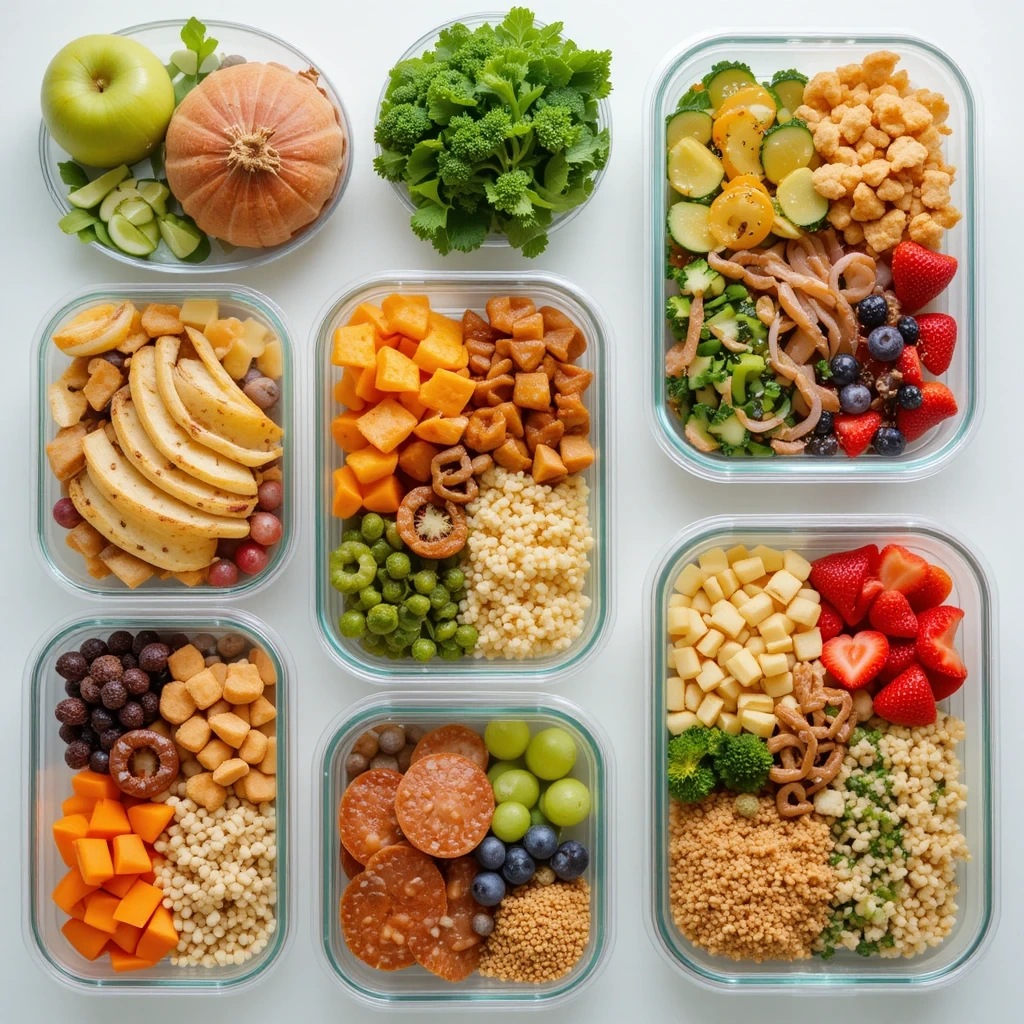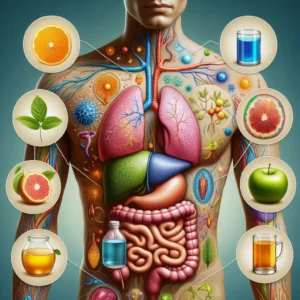Running is one of the most popular forms of exercise, offering countless physical and mental health benefits. Whether you’re a seasoned marathoner or a casual jogger, you know that running demands dedication, discipline, and consistency. However, what many runners overlook is the importance of post-run habits. The choices you make immediately after finishing your run can significantly impact your recovery, performance, and overall well-being. In this article, we’ll explore what to not do after a run and provide actionable tips to help you avoid common mistakes like “Can I eat immediately after running?” or “Is it bad to sit right after running?” By understanding these pitfalls, you can take control of your recovery process and elevate your running experience.
Table of Contents
1. What to Not Do After a Run: Common Mistakes Runners Make
Recovery isn’t just about resting; it’s an active process that allows your muscles to repair, your energy stores to replenish, and your body to adapt to the stress of running. Failing to prioritize recovery can result in muscle soreness, dehydration, and even long-term overuse injuries. To ensure you’re maximizing the benefits of your workout, it’s crucial to understand what to not do after a run and what to avoid after a run . Let’s dive into why proper recovery matters and the common mistakes runners make that could hinder their progress.
By focusing on what to not do after a run , you can sidestep pitfalls like skipping cooldowns, neglecting hydration, or making poor nutritional choices. These seemingly small errors can add up over time, leading to fatigue, injury, or stalled progress. Recognizing what to avoid after a run is the first step toward building healthier post-run habits that support your fitness goals.
1.1 The Importance of Proper Recovery
Recovery is crucial because running places significant stress on your body. Without adequate recovery, you risk fatigue, poor performance, and injury. Understanding what should you not do after running is key to maintaining balance and preventing burnout. For example, neglecting hydration or skipping a cooldown can leave you feeling sluggish and unprepared for your next workout.
1.2 Common Mistakes Runners Make Post-Run
What to avoid after a run? Even experienced runners fall into bad habits after their runs. Some skip stretching entirely, while others dive straight into unhealthy snacks or fail to hydrate adequately. These actions may seem harmless at first, but they add up over time. For instance, eating junk food immediately after a run can counteract the calories you burned, while ignoring hydration can lead to dizziness or cramps. By learning what to not do after a run , you can avoid these pitfalls and set yourself up for success.

2. Physical Actions to Avoid After Running
Your body undergoes significant changes during and after a run, so it’s essential to treat it with care. Here are some physical actions you should steer clear of if you want to recover effectively.
2.1 Is It Bad to Stop Immediately After Running?
Stopping abruptly after a run is one of the biggest mistakes you can make. When you run, your heart pumps blood rapidly to deliver oxygen and nutrients to your muscles. Suddenly halting can cause blood to pool in your legs, leading to dizziness, nausea, or even fainting. Instead, incorporate a cooldown period by walking or jogging slowly for 5–10 minutes. This gradual decrease in intensity helps your body transition back to its resting state safely. Remember, why you shouldn’t run every day applies here too—overtraining without adequate recovery can exacerbate these issues.
2.2 Is It Okay to Sit Down After a Run?
While sitting down might feel tempting, especially after a tough run, doing so immediately can stiffen your muscles and reduce blood circulation. If you must sit, wait at least 10–15 minutes after cooling down. During this time, consider performing light stretches or foam rolling to ease tension in your muscles. Many runners wonder, is it bad to sit down after running? The answer depends on timing—if done too soon, yes, it can hinder recovery.
2.3 Can Stretching Be Harmful?
Stretching is generally beneficial, but only when done correctly. Static stretching (holding a stretch for an extended period) immediately after a run can strain cold muscles, increasing the risk of injury. Instead, focus on dynamic stretches or mobility exercises that gently loosen tight areas. Pay attention to what hurts after running and target those specific spots. For example, if your calves feel tight, try calf raises or ankle circles before attempting deeper stretches.

3. Nutrition and Hydration Don’ts After a Run
Fueling your body properly after a run is just as important as the run itself. Unfortunately, many runners sabotage their efforts with poor nutritional choices. Let’s break down the dos and don’ts of post-run nutrition and hydration.
3.1 Can I Eat Immediately After Running?
Yes, you can—and should—eat within 30 minutes of finishing your run. This window, often referred to as the “glycogen replenishment window,” is when your body is most efficient at absorbing nutrients. However, the type of food matters. Avoid sugary snacks or processed foods, which can spike your blood sugar levels and leave you feeling sluggish later. Instead, opt for a balanced meal or snack that includes carbohydrates, protein, and healthy fats. Think: a banana with peanut butter or a smoothie with spinach, berries, and Greek yogurt.
3.2 Why Sugary Snacks Are a No-No
While indulging in a sweet treat might sound appealing, sugary snacks can undo all your hard work. Consuming high-sugar foods after a run can lead to energy crashes and inflammation, both of which impair recovery. Stick to whole, nutrient-dense options instead. If you’re wondering, what is the best thing to have after a run? , aim for something that supports muscle repair and replenishes glycogen stores.
3.3 Is It OK to Drink Water After a Run?
Absolutely! Staying hydrated is critical for recovery, but be mindful of how much water you drink. Overhydrating can dilute electrolytes, leading to a condition called hyponatremia. To strike the right balance, sip water gradually and consider adding an electrolyte-rich drink if you’ve sweated heavily. This approach ensures your body stays hydrated without overwhelming it.

4. Mental and Lifestyle Mistakes to Avoid
Recovery isn’t just physical—it’s also mental and emotional. Neglecting these aspects can hinder your progress and enjoyment of running.
4.1 Ignoring Rest Days
Rest days are non-negotiable for any runner. Pushing through fatigue or running every day can lead to overtraining syndrome, characterized by persistent fatigue, irritability, and decreased performance. Follow the 80% rule in running , which suggests that 80% of your weekly mileage should be at a moderate pace, leaving room for rest and recovery.
4.2 Skipping Self-Care Practices
Self-care goes beyond nutrition and hydration. Incorporating practices like foam rolling, icing sore muscles, and even meditation can enhance recovery and reduce stress. Don’t underestimate the power of these small habits—they add up over time.
4.3 Neglecting Signs of Overtraining
Listen to your body. If you’re constantly tired, experiencing prolonged soreness, or losing motivation, it may be a sign that you’re pushing too hard. Address these symptoms early to prevent more serious issues down the line.

5. How to Build Healthy Post-Run Habits
Now that you know what to not do after a run , let’s discuss how to build positive habits that support your goals.
5.1 Create a Recovery Routine
Establish a routine that includes cooling down, stretching, hydrating, and refueling. Consistency is key to making these habits stick.
5.2 Listen to Your Body
Every runner is different, so tailor your recovery plan to your unique needs. Pay attention to signals like soreness, hunger, and fatigue, and adjust accordingly.
5.3 Incorporate Active Recovery
On rest days, engage in low-impact activities like yoga, swimming, or cycling. These exercises promote blood flow and flexibility without straining your muscles.
FAQ
- Can I eat immediately after running?
Yes, you should eat within 30 minutes of finishing your run to replenish glycogen stores and aid muscle recovery. Opt for a balanced snack like a banana with peanut butter or a protein shake. - Is it bad to stop right after running?
Stopping abruptly can cause blood to pool in your legs, leading to dizziness or fainting. Always cool down with a 5–10 minute walk or light jog to transition safely. - Should I shower after a run?
Showering after a run helps clean sweat and prevent skin irritation, but avoid very hot water as it may dehydrate your skin. A lukewarm shower is ideal. - What is the best thing to have after a run?
The best post-run options include a mix of carbs and protein, such as a smoothie with fruits and Greek yogurt or whole-grain toast with avocado and eggs. - Is it okay to sit down after a run?
Sitting immediately after a run can stiffen muscles and reduce circulation. Wait at least 10–15 minutes after cooling down before sitting to allow your body to recover properly. - What hurts after running?
Common areas of soreness include calves, quads, hamstrings, and knees due to muscle fatigue or improper form. Stretching and foam rolling can help alleviate discomfort. - Why you shouldn’t run every day?
Running daily without rest can lead to overuse injuries and burnout. Rest days are crucial for muscle repair and long-term performance improvement. - How to know if running too much?
Signs of overtraining include persistent fatigue, irritability, prolonged muscle soreness, and decreased performance. Listen to your body and adjust your routine accordingly. - When should I not run?
Avoid running if you’re feeling unwell, excessively fatigued, or experiencing pain. Prioritize rest and recovery to prevent worsening any underlying issues. - What are the do’s and don’ts after a workout?
Do hydrate, refuel with nutritious food, stretch gently, and cool down. Don’t skip recovery, consume unhealthy snacks, or stop abruptly after intense exercise.
Conclusion
To truly reap the rewards of running, it’s essential to understand what to not do after a run and incorporate these insights into your routine. From avoiding immediate stops to steering clear of unhealthy snacks, small adjustments in your post-run habits can yield significant results. By learning what to avoid after a run , such as skipping cooldowns or neglecting hydration, you can prevent common mistakes that hinder recovery and performance.
Recovery is not just an afterthought—it’s a critical component of your overall running journey. Listening to your body and adopting healthy practices like proper nutrition, hydration, and rest will help you stay injury-free and energized. For instance, knowing what should you not do after running , like sitting down immediately or overloading on sugary snacks, can make a world of difference in how you feel the next day. Similarly, understanding do and don’ts after workout ensures that you’re giving your body the care it needs to repair and grow stronger.
Remember, recovery is just as important as the run itself—treat it with the respect it deserves. Whether you’re asking, Can I eat immediately after running? or wondering Is it bad to stop right after running? , the answers lie in striking the right balance between activity and rest. By avoiding the pitfalls outlined in this article and focusing on what to not do after a run , you’ll set yourself up for long-term success, improved performance, and a more enjoyable running experience.
Ready to take your running game to the next level? Explore our related articles and discover more expert-backed tips to optimize your fitness journey. Your body will thank you—and your future self will too.
You may also like:
What should I do immediately after running? A Complete Guide to Post-Run Recovery
What Happens When You Start Eating Healthier? A Complete Guide to Transforming Your Body and Mind
Mediterranean Salad Recipes: A Fresh Path to Health, Flavor, and Joy
What Happens After 30 Days of No Sugar? A Comprehensive Guide to a Healthier You
Salad Recipes for Weight Loss: The Ultimate Guide to Healthy Eating and Wellness
Unlock the Benefits of Salad: Nutritional Power for Health, Wellness, and Active Living
High Protein Salad Recipes: The Perfect Fit for Health and Active Lifestyles
How Do You Know If You Look Healthy? 30 Science-Backed Signs of Wellness
More relevant articles around health and wellness advice here >>>
More Health and Wellness salad recipes >>>
References:
- “Nutrition and Athletic Performance” by Academy of Nutrition and Dietetics
- “Hydration After Exercise” by National Athletic Trainers’ Association
- “Overtraining Syndrome in Endurance Athletes” by Current Sports Medicine Reports
- “Effects of Static Stretching on Recovery” by Journal of Strength and Conditioning Research











